Class 4 EVS Worksheet Solutions Chapter 5 Food for Health
| Table of contents |

|
| Multiple Choice Questions (MCQs) |

|
| Fill in the Blanks |

|
| True or False |

|
| Short Question Answers |

|
| Vocabulary Activity - "Guess the Word" |

|
| Match the Following |

|
Multiple Choice Questions (MCQs)
Q1: What is the traditional food made at the ‘Mystery Masala’ stall?
(a) Dhokla
(b) Ugadi Pachadi
(c) Chhena Poda
(d) Dal Baati Churma
Ans: (b) Ugadi Pachadi
Ugadi Pachadi is a traditional food made from six tastes: sweet, sour, salty, pungent, bitter, and astringent. It was served at the 'Mystery Masala' stall.

Q2: Which food group is essential for providing energy for daily activities?
(a) Protective foods
(b) Body-building foods
(c) Energy-giving foods
(d) Junk food
Ans: (c) Energy-giving foods
Energy-giving foods like rice, potatoes, and bananas give us the energy we need to do everything we do every day, like running, playing, or even thinking. Without these foods, we would feel very tired and not have the strength to do anything.
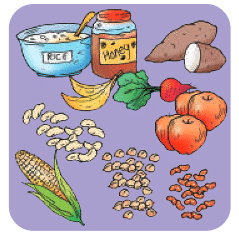 Energy Giving Food
Energy Giving Food
Q3: What is a characteristic of junk food?
(a) It is high in nutrients
(b) It is rich in vitamins
(c) It is high in oil, salt, and sugar
(d) It is a good source of proteins
Ans: (c) It is high in oil, salt, and sugar
Junk food like chips, pizza, and burgers is full of oil, salt, and sugar. While it may taste yummy, it is not good for our body if we eat it too often. Eating too much junk food can make us feel sick or cause health problems.
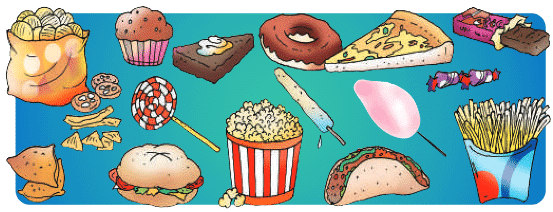 Junk Food
Junk Food
Q4: What is the purpose of water in our body?
(a) It helps in digestion and hydration
(b) It increases body temperature
(c) It adds flavor to food
(d) It makes the food tastier
Ans: (a) It helps in digestion and hydration
Water is super important for our body! It helps us digest food and keeps us hydrated. It also helps remove waste from our body and keeps our skin healthy. Drinking water is one of the best ways to stay strong and feel good.
Q5: Which method of cooking uses sunlight instead of fire?
(a) Solar cooking
(b) Steaming
(c) Frying
(d) Grilling
Ans: (a) Solar cooking
Solar cooking is a way to cook food using the heat from the sun, instead of using fire or gas. It’s a very cool and safe way to cook, especially on sunny days. It’s also good for the environment because we don’t need to use any fuel.
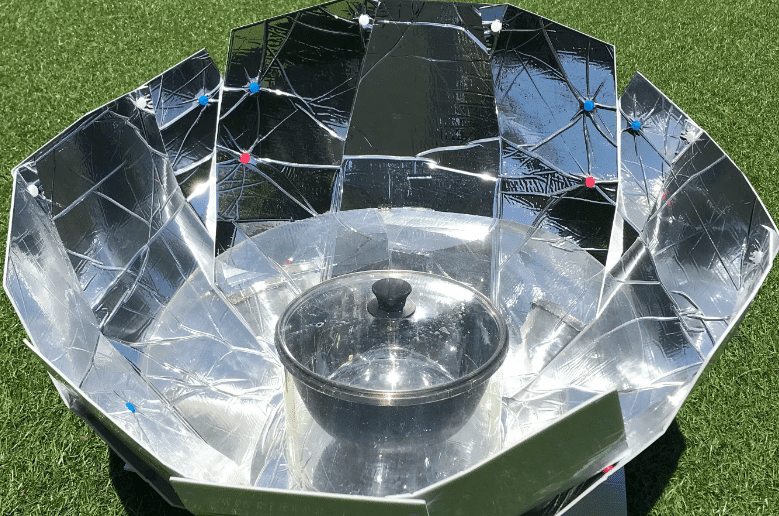 Solar Cooking
Solar Cooking
Fill in the Blanks
Q1: The six tastes in Ayurveda are called ________.
Ans: Shad Rasa
In Ayurveda, there are six different tastes called Shad Rasa. These include sweet, sour, salty, bitter, pungent, and astringent. Each taste helps our body in different ways, like making us feel happy, healthy, and balanced.
Q2: ________ are small grains that are packed with nutrients and are good for health.
Ans: Millets
Millets are small grains, like jowar and bajra, that are very healthy. They are full of vitamins, fiber, and minerals that help our body stay strong and energetic.
Q3: A ________ plate includes the right amount of food from all three food groups: protective, body-building, and energy-giving foods.
Ans: Balanced
A balanced plate is one where we eat the right amounts of different foods—lots of fruits and vegetables (protective foods), some milk and eggs (body-building foods), and a little rice or bread (energy-giving foods). This helps us stay healthy and strong.
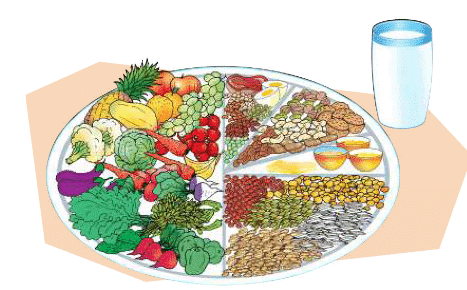 Balanced Meal
Balanced Meal
Q4: ________ foods, like fruits and vegetables, help protect us from illnesses.
Ans: Protective
Protective foods, such as fruits and vegetables, help our body fight off sickness. They are full of vitamins and minerals that keep us healthy and strong.
Q5: We need to drink enough ________ to stay hydrated and healthy.
Ans: Water
Drinking water is very important! It keeps us hydrated, helps our body digest food, and keeps our skin healthy. Drinking enough water every day helps us feel good and stay healthy.
True or False
Q1: A balanced food plate includes mostly energy-providing foods and no protective foods.
Ans: False
A balanced food plate includes protective foods (fruits and vegetables) the most, followed by body-building foods and some energy-providing foods. This balance helps keep us healthy.
Q2: Solar cooking uses sunlight to cook food instead of fire.
Ans: True
Solar cooking uses the heat from the sun to cook food, making it an environmentally friendly method that does not require fire or electricity.
Q3: Food that is home-cooked and fresh is better than processed or packaged junk food.
Ans: True
Fresh home-cooked food is healthier as it contains fewer harmful ingredients like excessive salt, sugar, and unhealthy fats found in processed or packaged junk food.
Q4: Eating water-rich fruits like watermelon helps in maintaining water balance in the body.
Ans: True
Water-rich fruits like watermelon and cucumber help keep the body hydrated, which is essential for good health.
 Drinking Water
Drinking Water
Q5: Food does not help us grow, stay strong, and protect us from diseases.
Ans: False
Different types of food, such as energy-providing foods, body-building foods, and protective foods, help our bodies grow, stay strong, and fight against diseases.
Short Question Answers
Q1: What is the "Mystery Masala" dish made from?
Ans: The "Mystery Masala" dish is made with six distinct tastes: sweet (jaggery), sour (tamarind), salty (salt), pungent (green chilli), bitter (neem), and astringent (raw mango).
Q2: Why are millets considered a good food choice?
Ans: Millets are rich in nutrients and provide various health benefits. They are packed with essential vitamins and minerals that are important for a healthy body.
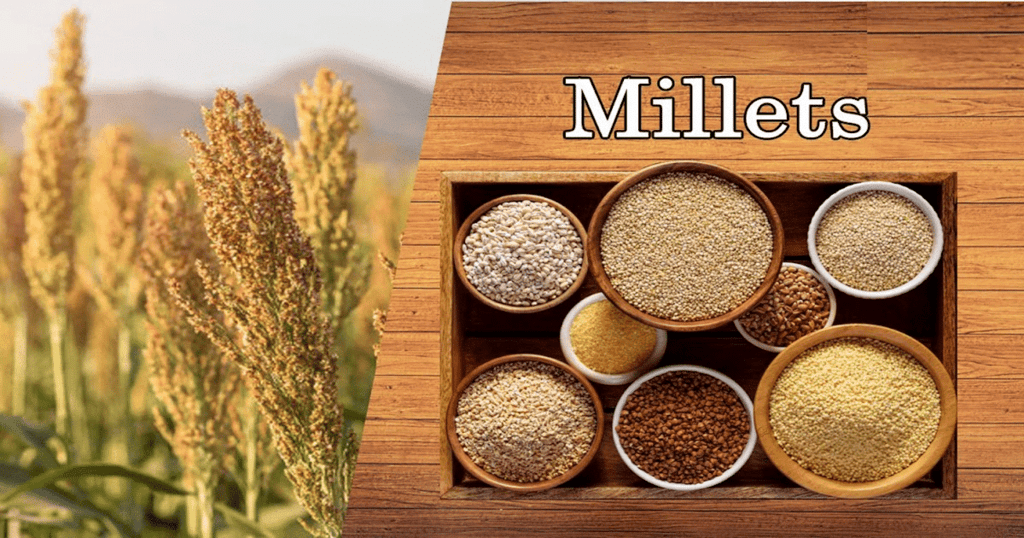 Millets
Millets
Q3: What is the significance of drinking water for our health?
Ans: Drinking enough water helps in digestion, keeps the skin healthy, and aids in removing waste from the body through urine, sweat, and faeces.
Q4: What is the role of a balanced food plate?
Ans: A balanced food plate ensures that we get the right amount of food from all three food groups: protective foods (fruits and vegetables), body-building foods (pulses, milk), and energy-giving foods (rice, oil), which helps us stay healthy and active.
Q5: What are some healthy, no-cook food options mentioned in the chapter?
Ans: Some healthy no-cook food options include fruit chaat (a mixture of various fruits seasoned with spices) and vegetable salads made from fresh vegetables.
Vocabulary Activity - "Guess the Word"
Q1: A substance found in food that provides energy and supports body growth.
Ans: Nutrients
Q2: A sharp or spicy taste, like that of green chilli.
Ans: Pungent
Q3: A type of grain that is rich in nutrients, such as jowar, bajra, and jau.
Ans: Millets
Q4: The six tastes in Ayurveda: sweet, sour, salty, pungent, bitter, and ________.
Ans: Astringent
Q5: A method of cooking food using sunlight, without using fire or electricity.
Ans: Solar Cooking
Match the Following
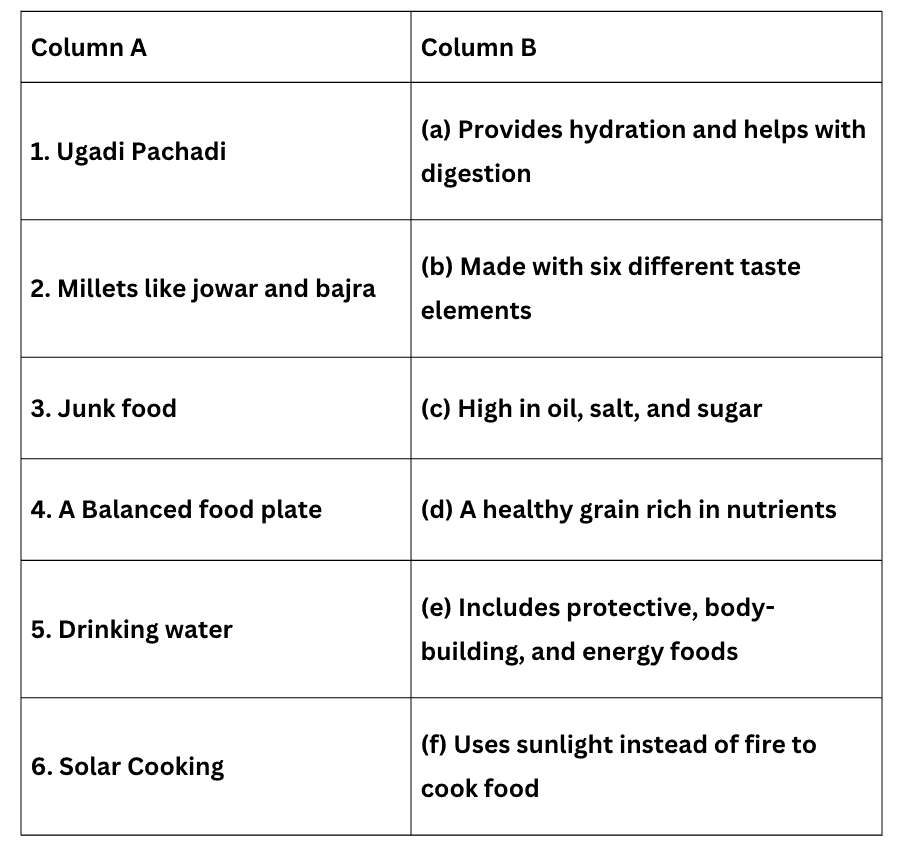
Answer Key:
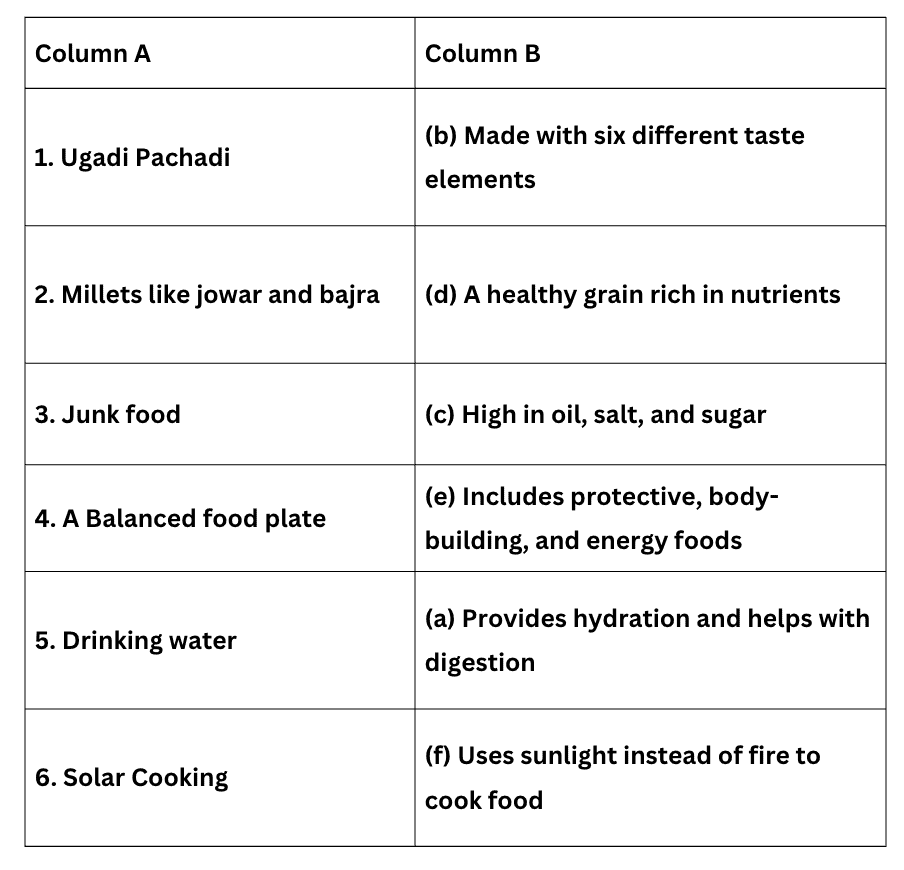
Explanation
1. Ugadi Pachadi (b) Made with six different taste elements
Ugadi Pachadi is made with six tastes: sweet, sour, salty, pungent, bitter, and astringent. These tastes represent different life experiences and make the dish unique.
2. Millets like jowar and bajra (d) A healthy grain rich in nutrients
Millets, like jowar and bajra, are small, nutrient-rich grains that provide essential vitamins, minerals, and fiber, making them a healthy food option.
3. Junk food (c) High in oil, salt, and sugar
Junk food contains unhealthy amounts of oil, salt, and sugar, which can lead to health problems like obesity and heart disease if eaten too much.
4. A Balanced food plate (e) Includes protective, body-building, and energy foods
A balanced plate includes a mix of foods: protective (fruits and vegetables), body-building (milk and eggs), and energy-giving (rice and potatoes) foods, helping us stay healthy.
5. Drinking water (a) Provides hydration and helps with digestion
Water keeps us hydrated, aids digestion, and helps remove waste from the body, making it essential for good health.
6. Solar Cooking (f) Uses sunlight instead of fire to cook food
Solar cooking uses sunlight to cook food, making it an eco-friendly and energy-efficient way to prepare meals without using fire or gas.
FAQs on Class 4 EVS Worksheet Solutions Chapter 5 Food for Health
| 1. What is the importance of food for health? |  |
| 2. How can we ensure we are eating a balanced diet? |  |
| 3. What are some healthy food choices for children? |  |
| 4. Why is it important to drink water along with eating healthy food? |  |
| 5. What role do vitamins and minerals play in our diet? |  |




















